Rumeli Hisari
This half-forgotten fortress was constructed by the Ottoman conqueror of Constantinople.
The Fortress of Rumeli Hisari may not be Istanbul’s most popular tourist attraction, but the role it played in the city’s history is more than noteworthy. Constructed between 1451 and 1452 by Mehmed II, Sultan of the Ottoman Empire, it’s located on the European shores of the Bosphorus, often seen from afar via cruise ships.
Seeking to besiege and capture Constantinople, Mehmed learned from his father’s previous attempts that naval strategies against the Byzantine fleet were crucial. He ordered the construction of a large-scale fortification that could control maritime traffic along the strait. The location Mehmed chose for this new fortress was the narrowest point on the Bosphorus, where a Roman fortification was located that was once used by the Byzantines and the Genoese as a prison.
Its original name, Boğazkesen Castle, means “throat cutter” in Turkish, the “throat” referring to the Bosphorus Strait. The modern Rumeli Hisari means “the fortress in the land of the Romans,” which refers to Byzantine Europe. Likewise, the citadel constructed on the other side of the strait is named Anadoluhisari, or the Anatolian Castle.
Allegedly, the layout of Rumeli Hisari was deliberately designed in the shape of the name Muhammad—both the Muslim prophet and Mehmed II himself—written in Arabic script when read from above.
After the famous Fall of Constantinople in May 1453, the fortress went on to serve as a customs checkpoint, but eventually lost its strategic importance and became a prison during the 17th-century. It was partially destroyed by an earthquake of 1509, and a fire in 1746. Each time, it was immediately repaired and restored. By the 19th-century, however, the fortress had been abandoned.
A residential neighborhood was then formed within the walls of Rumeli Hisari, but the inhabitants were relocated in 1953 on the order of President Celal Bayar, followed by extensive restoration work. In 1960, the fortress was reopened as a historical museum and has been so ever since, complete with an open-air theatre made for concerts.
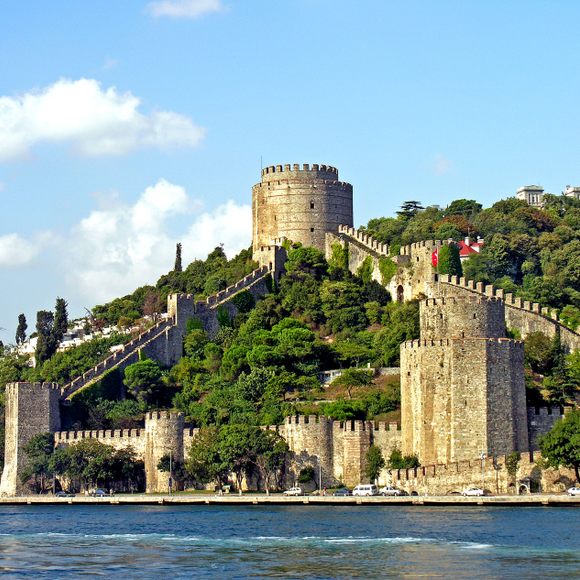




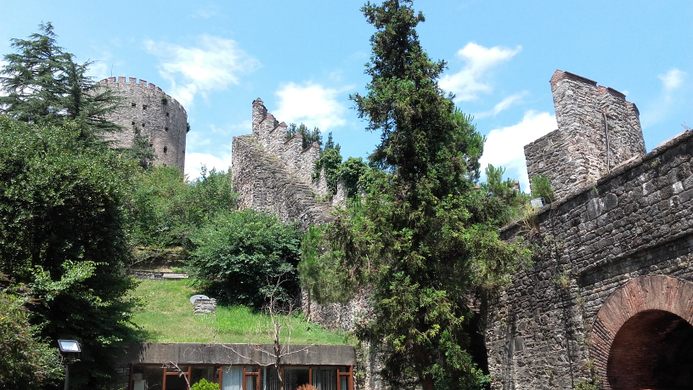

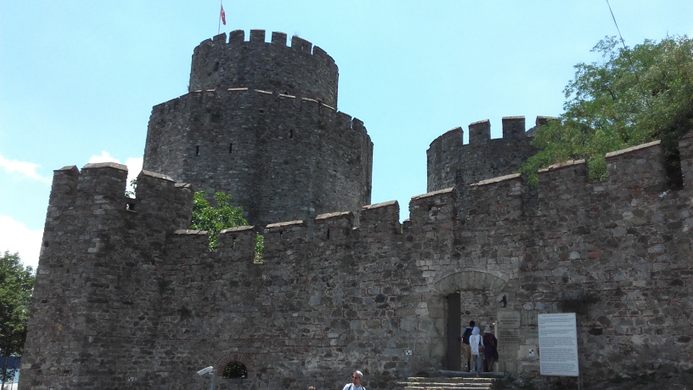
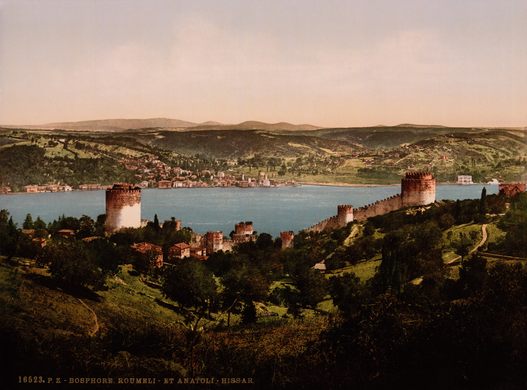
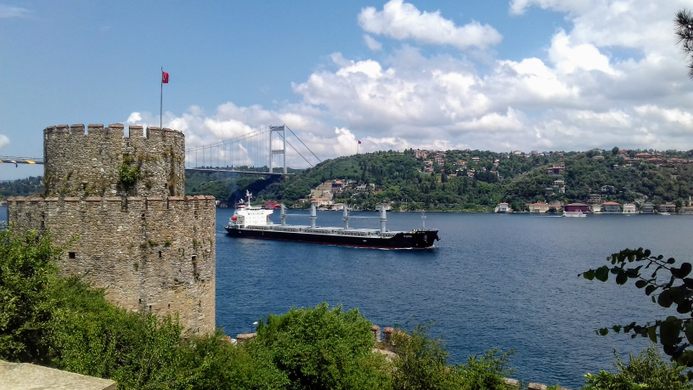
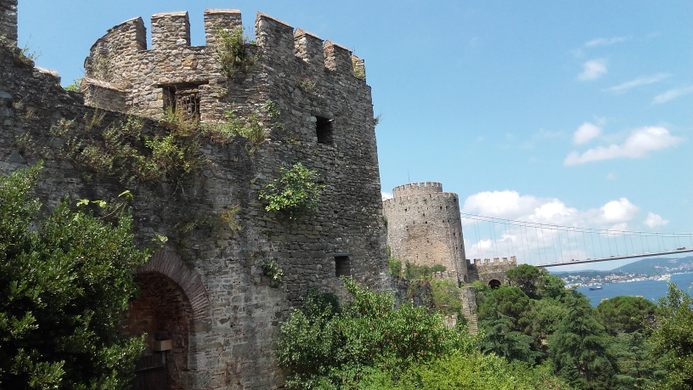








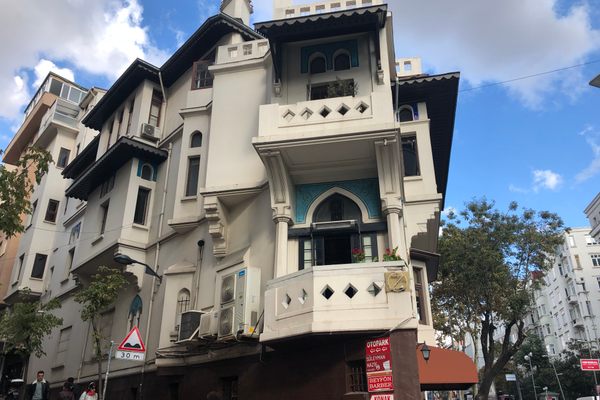
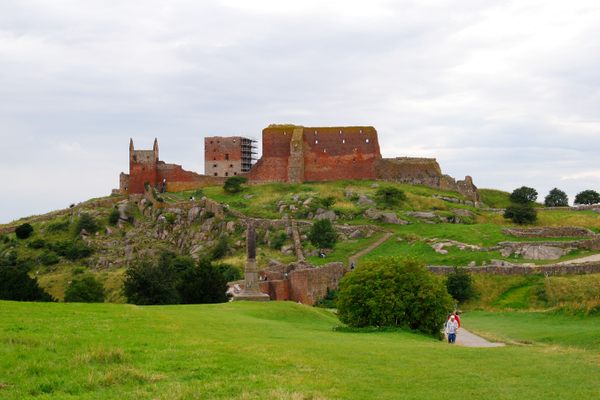
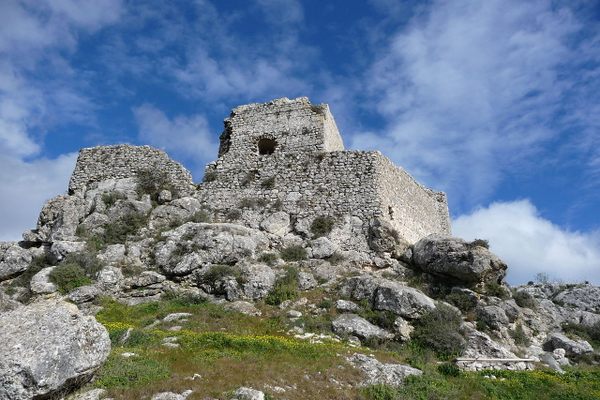
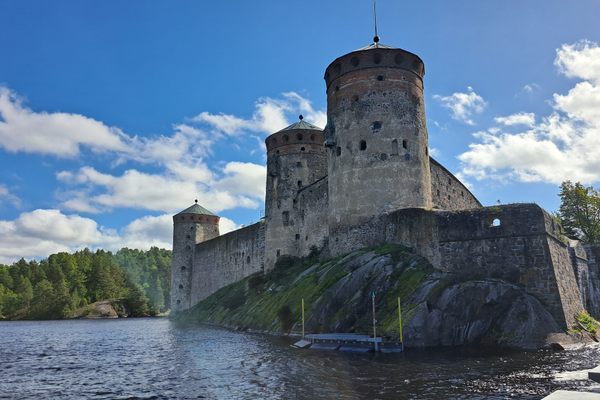


Follow us on Twitter to get the latest on the world's hidden wonders.
Like us on Facebook to get the latest on the world's hidden wonders.
Follow us on Twitter Like us on Facebook